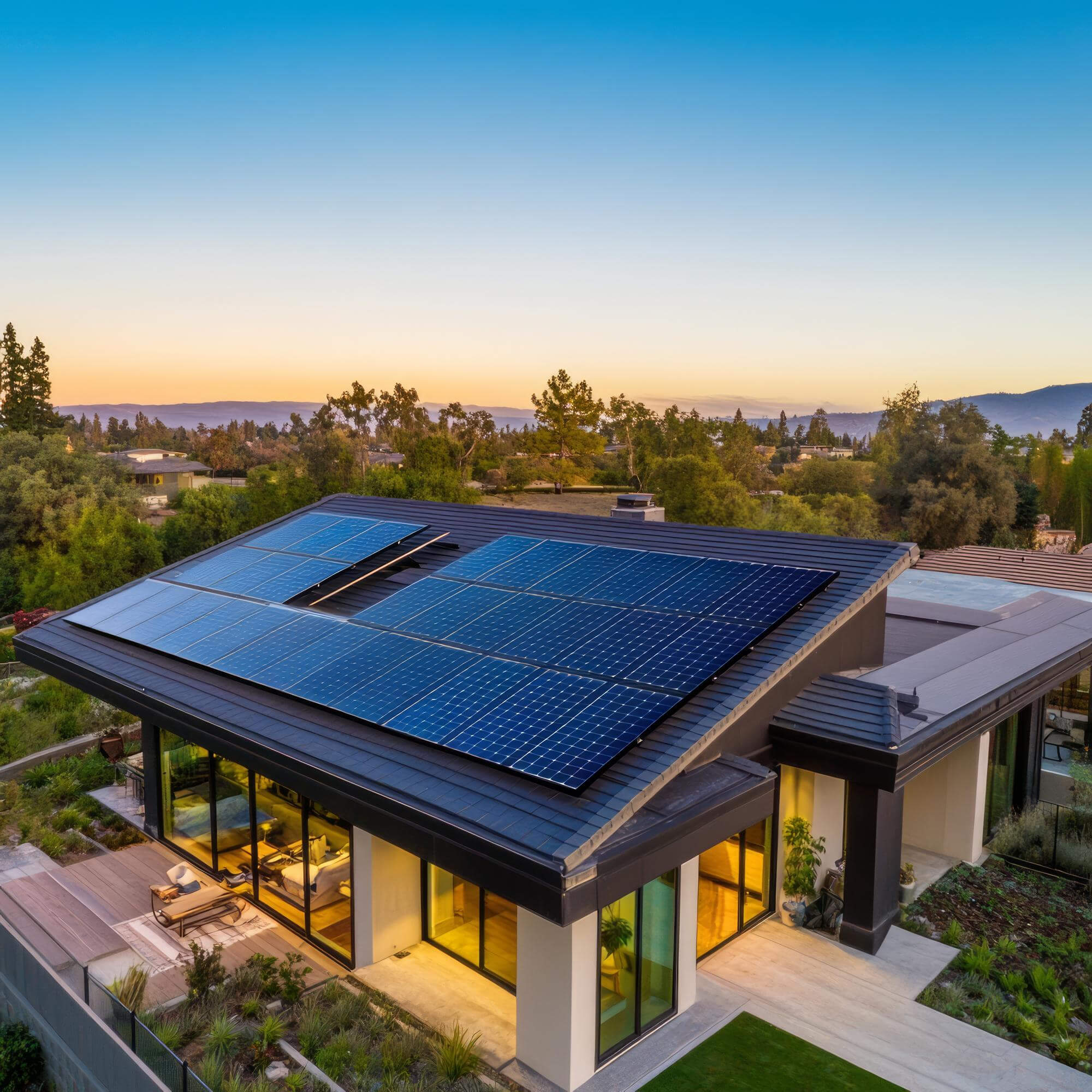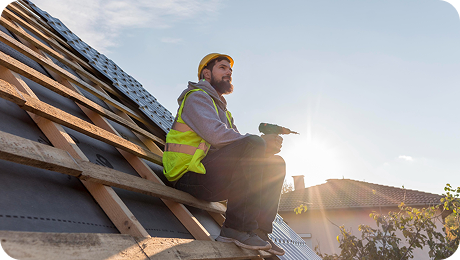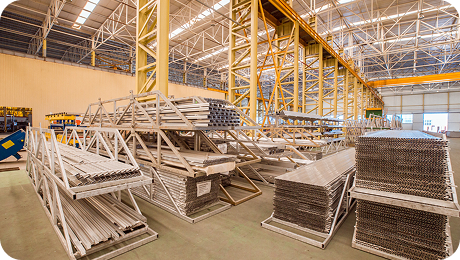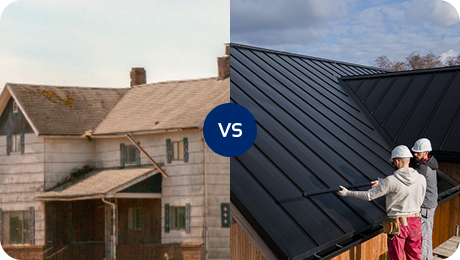Signs Your Roof Needs to be Replaced.
How to spot roofing issues before they cost you more

Your roof might look fine — but is it hiding problems?
In Florida’s climate, roofs take a beating. Between hurricanes, heat, humidity, and salt in the air, even the best materials break down over time.
The issue? Most damage isn’t visible from the street.
Here are the real signs your roof might need a replacement — and why catching them early can save you thousands (especially if you’re going solar soon).
1. Your roof is over 15–20 years old
Even if it looks okay, most shingle roofs are only rated for 20–25 years in ideal conditions. In Florida, that lifespan can shrink to 15–18 years, depending on storms, sun exposure, and ventilation.
If your roof is pushing 15+, it’s time to start watching it closely — especially before you install solar panels.
2. Curling, cracked, or missing shingles
This is one of the clearest surface signs your roof is deteriorating.
Watch for:
- Curled edges or corners
- Granule loss (bald spots)
- Shingles that lift or flap in wind
- Sections that appear darker or uneven
3. Water stains on your ceiling or walls
If you see brown or yellow stains inside your home, that’s a red flag.
Even a small leak can mean water is pooling under your shingles — and over time, that leads to mold, rot, and serious damage to insulation and drywall.
4. Sagging spots or uneven lines
Stand at a distance and look at your roofline.
If it bows inward or sags in sections, you may have rotting sheathing or compromised trusses. This isn’t just a cosmetic issue — it’s a structural one.
5. Your neighbors are getting new roofs
If homes around yours were built at the same time and they’re starting to re-roof, it’s probably time to evaluate yours.
Roof age tends to catch up to whole neighborhoods all at once — especially in planned developments.
6. You’ve been through a major storm recently
Even if you didn’t see shingles flying off, wind uplift, hail, and flying debris can cause invisible microdamage that leads to leaks later. Always get a roof inspection after a storm — especially if you're considering solar.
Bonus tip: don’t wait for a leak to act
By the time your roof leaks, the damage has usually already spread.
A proactive inspection can help you:
- Catch problems early
- Bundle roofing + solar work together (with $0 down)
- Avoid paying for panel removal and reinstall later if a roof replacement is needed
Need a roof check before going solar?
Nova Structa offers free roofing inspections, including photo documentation, repair options, and solar-readiness reports.
Whether you’re upgrading to solar or just want peace of mind — we’ve got your roof covered.











